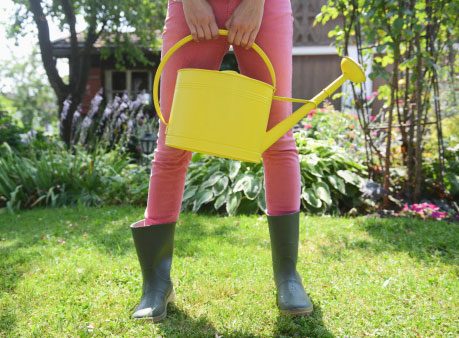
Seamlessly Blend in New Grasses
Avoid covering a dead patch with a different variety of grass, which isn’t likely to match your existing lawn’s colour and texture. Don’t know what kind of grass you have? Right after mowing, dig up a clump and bring it to your local nursery for a match.
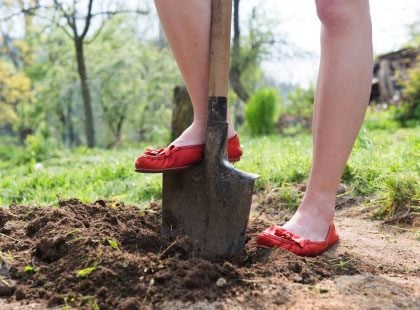
Quickly Repair a Small Patch of Lawn
To repair a small section of damaged lawn, cut out a section 1 or 2 feet (30 to 60 cm) square with the bare spot in one corner. Cut the roots with a spade, lift out the piece with shovel and rotate it so the spot is in the opposite corner. Step on the patch to firmly put the roots in place. Water until new grass fills the damaged section.
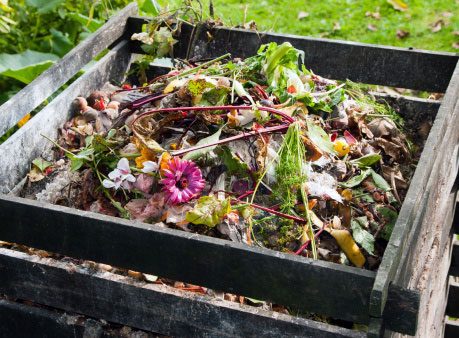
Save a Large Patch of Lawn
Remove any dead grass and dig some compost into the soil. Rake smooth and at a level slightly higher than the surrounding lawn. Sow grass seed, or plant sod or sprigs (use lawn clippings to get a good match). Tamp with the back of a rake to ensure the seed or roots make good contact with the soil.

Test the Soil of your Lawn
Get your lawn off to a good start by determining what nutrients the soil needs. A soil test will also tell you whether you need to adjust your soil’s pH.
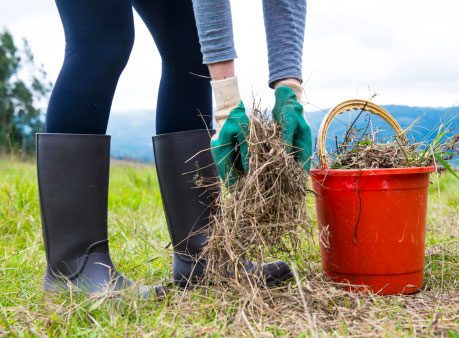
Revive a Brown Lawn
Lack of moisture may not be the cause of a brown lawn. Instead, overzealous mowing can cause a lawn to lose its healthy green colour. Make sure you’re removing only about one-third of the blade when you cut. Re-adjust your mower as needed.
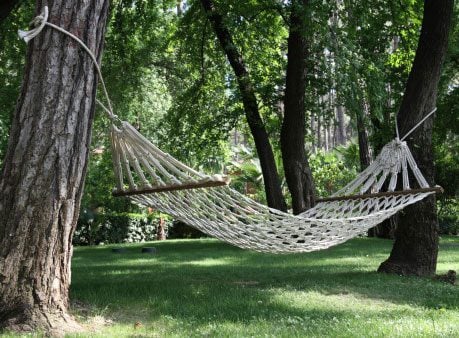
Bring Back Withered Grass Under Trees
Sections of lawn underneath trees can suffer from fungal diseases encouraged by shade and lack of circulation. Prune lower branches from trees and shrubs and the lawn underneath will likely improve.
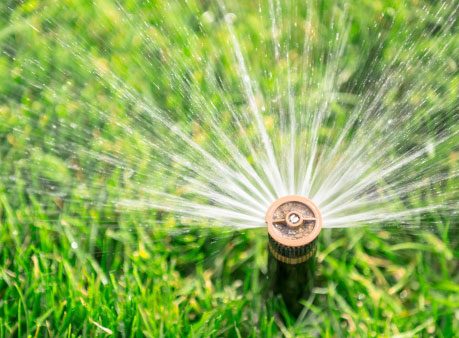
Protect New Seed Starts
Use a sprinkler to keep newly planted grass seed from drying out. Cover seeded areas with a thin layer of wheat straw to retain moisture and prevent erosion from heavy rains.
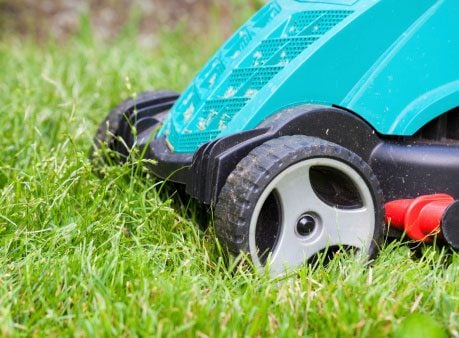
Calculate Your Lawn’s Mowing Needs
For a thick, lush lawn, begin mowing when the new grass begins to grow. To encourage newly sown grass to sprout and thicken, cut it when it reaches a height of 2 inches (5 cm) using a mower with the blade set to 1 inch (3 cm).
Check out our expert tips on lawn mower maintenance!
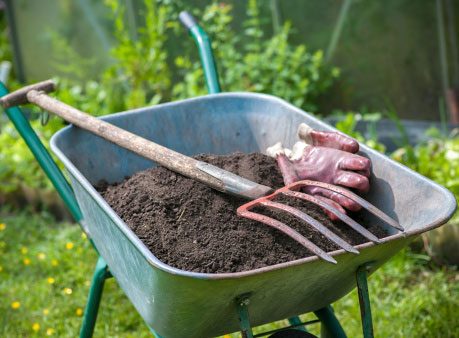
Start From Scratch, if Necessary
Many landscaping professionals evaluate a lawn based on the 50/50 rule. If more than half of your lawn is beset with weeds, invasive grasses, dead patches or other problems, it’s usually less work to completely renovate the lawn than do spot repairs.
Related features:
7 Secrets for a Better Lawn
19 Gardening Shortcuts That Save Time and Money
First Aid for Your Lawn